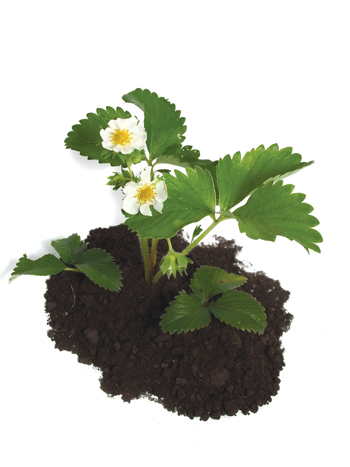The Long Life of Long’s Gardens
28 Mar 2012
Long’s Gardens is a Boulder legacy, with roots that stretch to the early 1900s. Incredibly, it’s still run by the same family, but the challenges of running the farm have changed from generation to generation.
By Carol Brock Photos courtesy of Long’s Gardens Some urbanites may entertain the romantic notion of buying a farm and getting back to the land. But farm life isn’t always a bed of roses—or irises, as in Catherine Long Gates’ case. Catherine has farmed since she took her baby steps more than 60 years ago. Her grandfather, Jesse Dillman “J.D.” Long, bought 3 acres at 3240 Broadway in 1916, which he passed on to his son, who passed it on to Catherine.
Catherine has farmed since she took her baby steps more than 60 years ago. Her grandfather, Jesse Dillman “J.D.” Long, bought 3 acres at 3240 Broadway in 1916, which he passed on to his son, who passed it on to Catherine.




Wild Capers
The farm not only strives to appease neighbors, it must coexist with wildlife—a fairly new development as the farm became engulfed by homes. “When I was a kid, we didn’t see deer or foxes in town,” Catherine says. “We had skunks and raccoons and rabbits, but we certainly didn’t have mountain lions or bears.”















